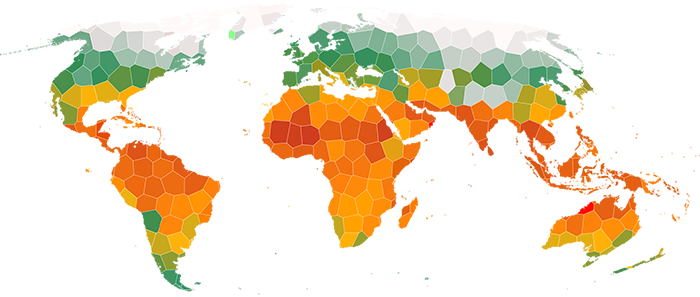
Diversity & Conservation Lab
See this at CNPq research groups' directory
Department of Ecology and Zoology | Federal University of Santa Catarina
What is our niche?
Our goal is to understand biological diversity in the best way possible in order to support conservation actions with the best possible information.
To achieve this, we work at the population level, with questions about population structure, dynamics and populational bottlenecks in key species in different systems, and at the community level, assessing spatial patterns and temporal trends in diversity and factors determining these patterns and trends. We generally work with plants, especially trees in forest environments, and herbaceous plants in grasslands.
Other topics of interest in our work are phylogenetic diversity and functional diversity, with questions about the influence of evolutionary or selective factors on patterns of diversity, as well as the effects of diversity on ecosystem functioning.
Long-Term Ecological Research
We work in the programme Long Term Ecological Research [LTER; Peld in the portuguese acronym], studying the Biodiversity of Santa Catarina [Peld-Bisc]. The study areas of Peld-Bisc include landscapes that contain Araucaria Forest, Cloud Forest, Hihgland grasslands, and Coastal Atlantic Forest. Some of the main objectives of Peld-Bisc are to inventory and monitor the diversity of different groups of organisms over time.
In Peld-Bisc we assess possible origins of differences in diversity, especially what is the effect of disturbance on plant diversity. Two disturbances that are important in the highland grasslands are fire and cattle grazing. We are evaluating the effect of these two disturbances - and the lack of them - on herbaceous plant communities in the Campos de Altitude, and also on populations of Araucaria [=Araucaria angustifolia] and other woody plants that tend to benefit from the presence of this tree.
Another study underway inside Peld-Bisc evaluates plant-insect-bird interactions. The plant is the bracatinga [=Mimosa scabrella], a native, abundant and economically important tree in the Santa Catarina mountains. The trunks of adult bracatinga trees are often attacked by cochineal [=hemipterous insects], which secrete honeydew, a sugar-rich solution that generates part of the economic importance of bracatinga, since bees collect the honeydew and produce honeydew-honey. Besides attracting bees, birds can also consume honeydew, but how many bird species consume honeydew, when, and what is the frequency of these interactions are questions we are trying to answer.
Biotic homogenization and biodiversity assessment
Diversity can be assessed at different scales. Alpha [or local] diversity includes measures such as species richness and diversity indices that consider the uniformity of species abundance. Beta diversity, on the other hand, is the differentiation of communities over space or time. Although there are gaps about what is happening to diversity, a common pattern is that of biotic homogenization, resulting from many losing species and few gaining ones, and thus generating simpler, more similar communities.
Patterns of alpha and beta diversity result from environmental differences. Many environmental differences are now the result of human actions, which are so extensive that it is suggested that we have entered a new geological period, the Anthropocene. To a large extent, global environmental changes have negative effects on diversity, although the use of certain species may have made them winners. Thus, our goal is to diagnose current patterns and conditions that alter diversity over space and time, considering different aspects of diversity and which anthropogenic actions are negative or positive for diversity.
Media outreach
Populational bottlenecks
Santa Catarina is home to a species of tree considered "super rare" Article in multimedia format published by the UFSC's Support Centre for Scientific Dissemination. [in Portuguese only]

Digital Flora of RS and SC
The Digital Flora project is a collection plant images from the States of Rio Grande do Sul [RS] and Santa Catarina [SC], the southernmost States of Brazil. The collection is an extension project of the laboratory.
Last updated in 02-06-2023